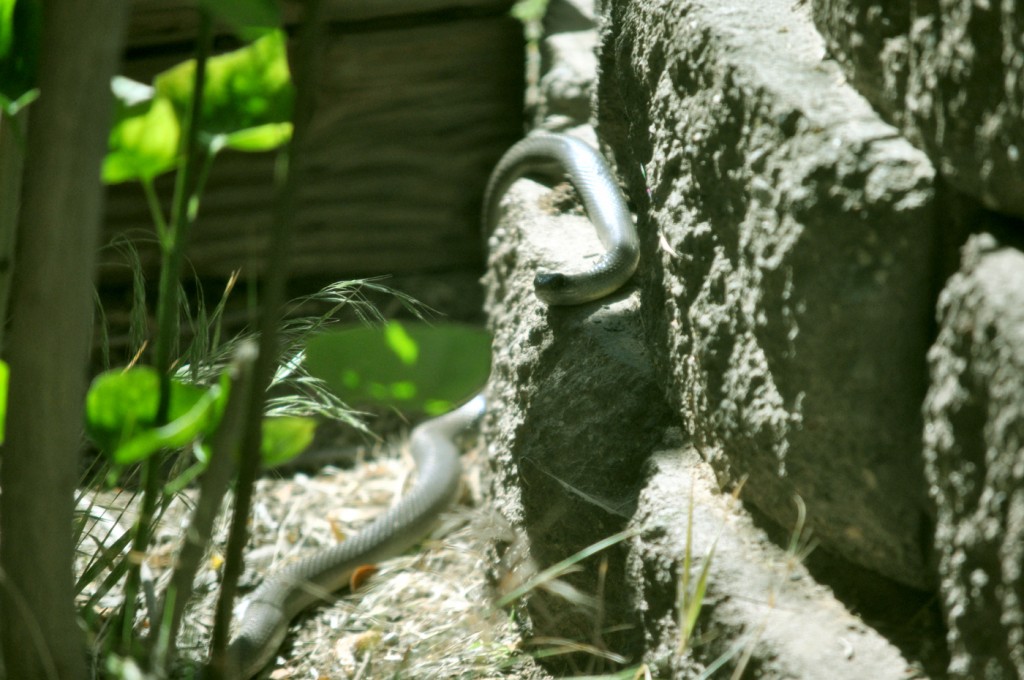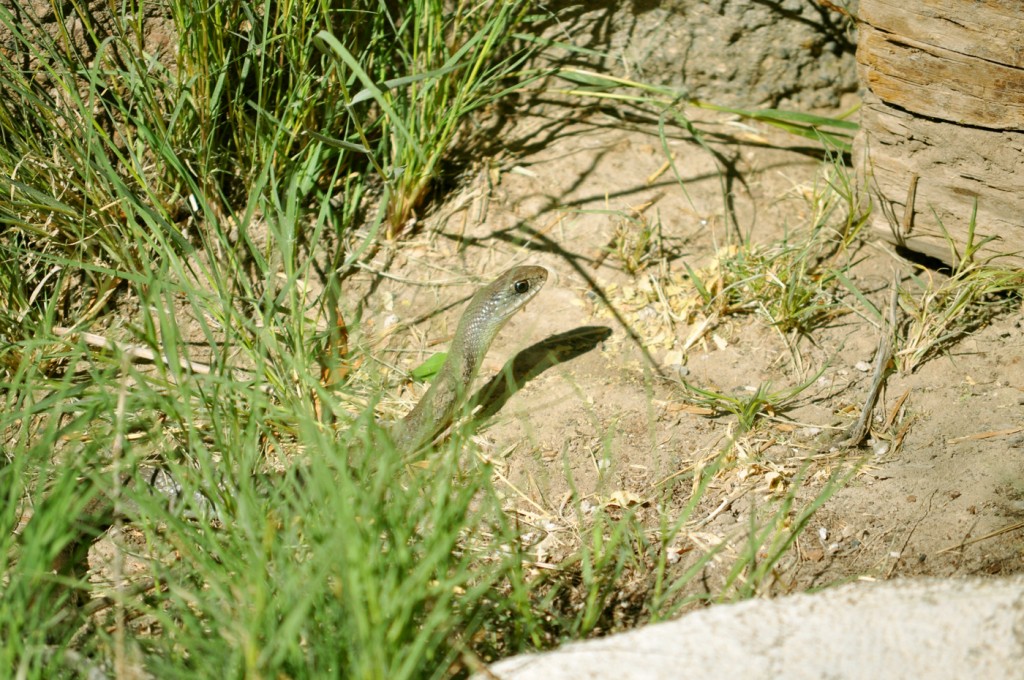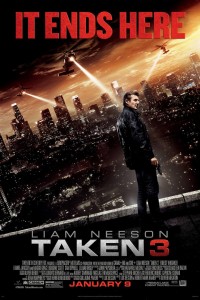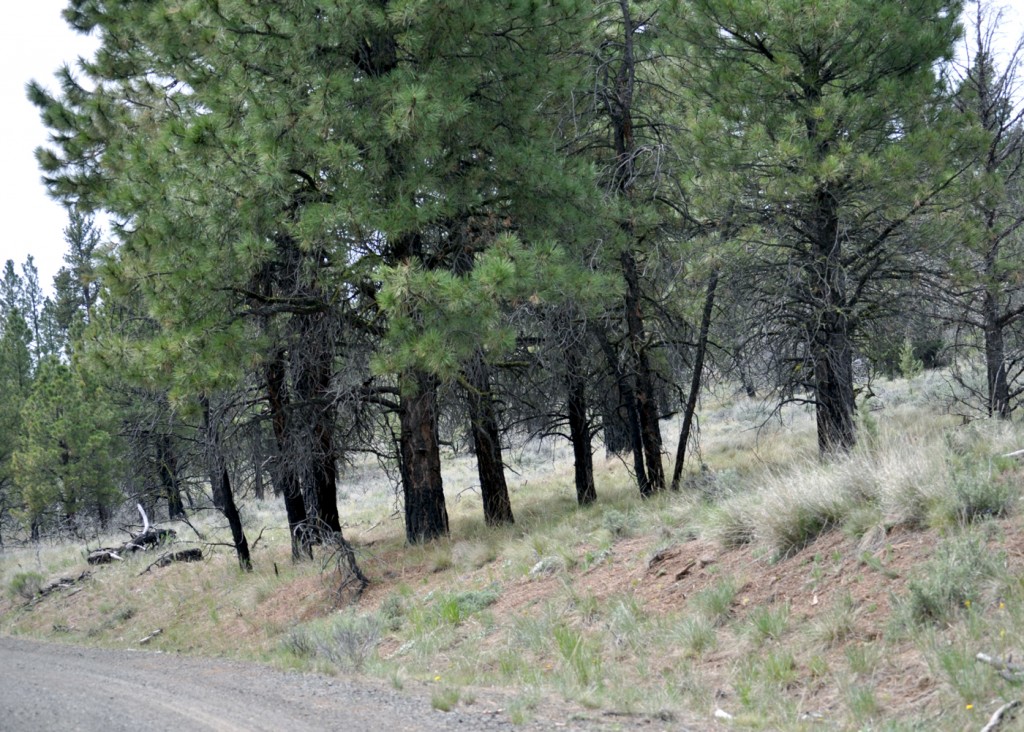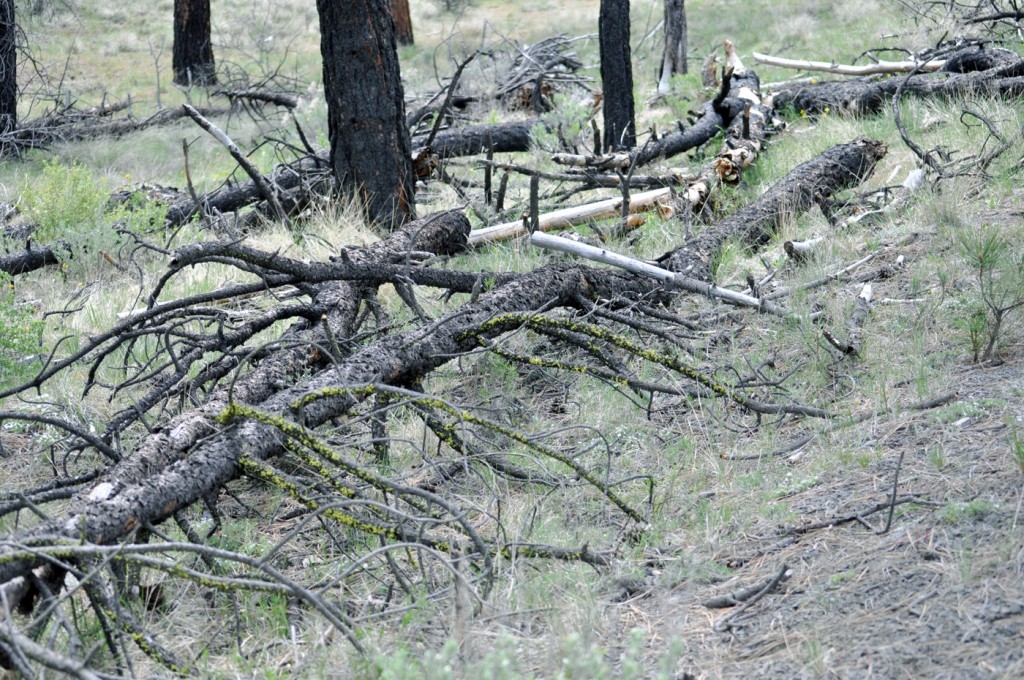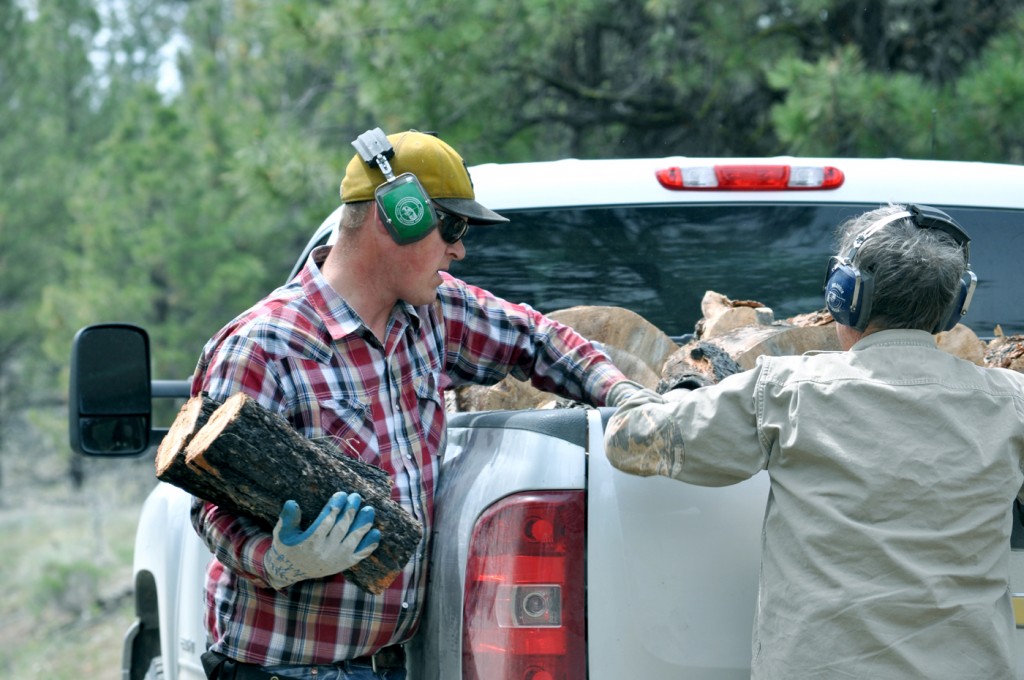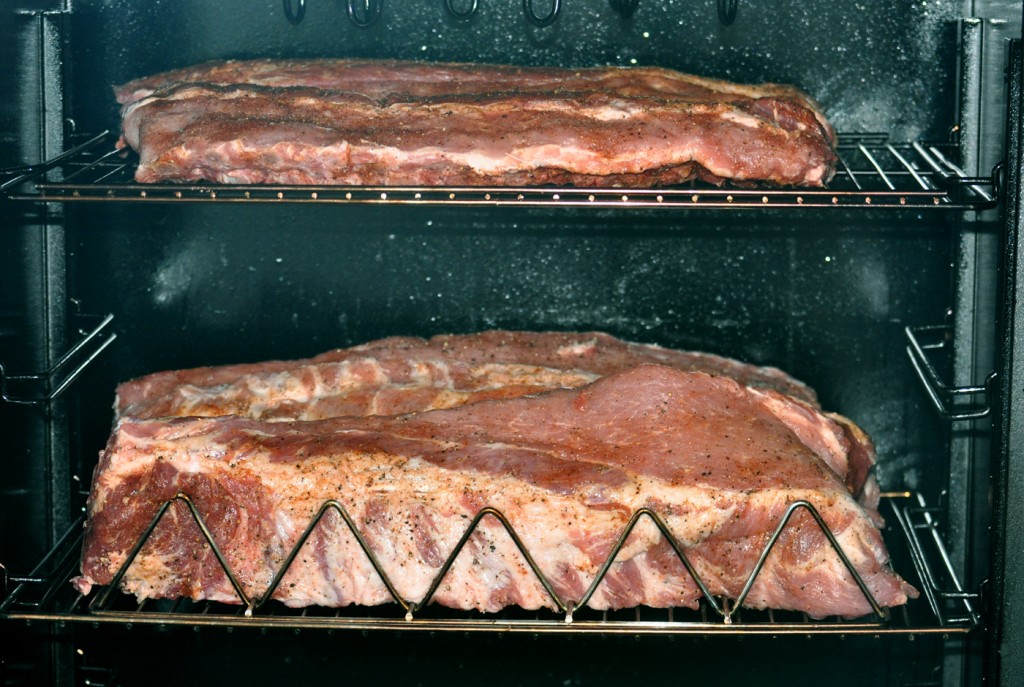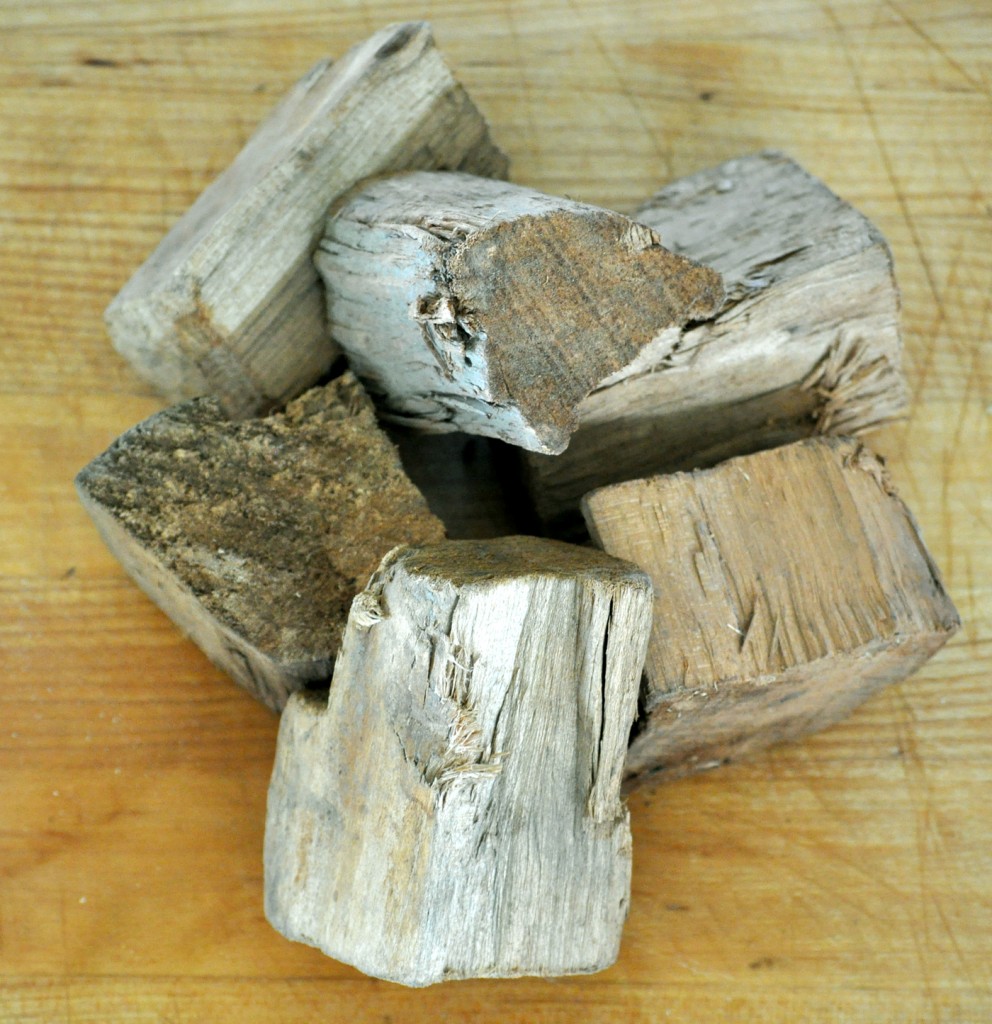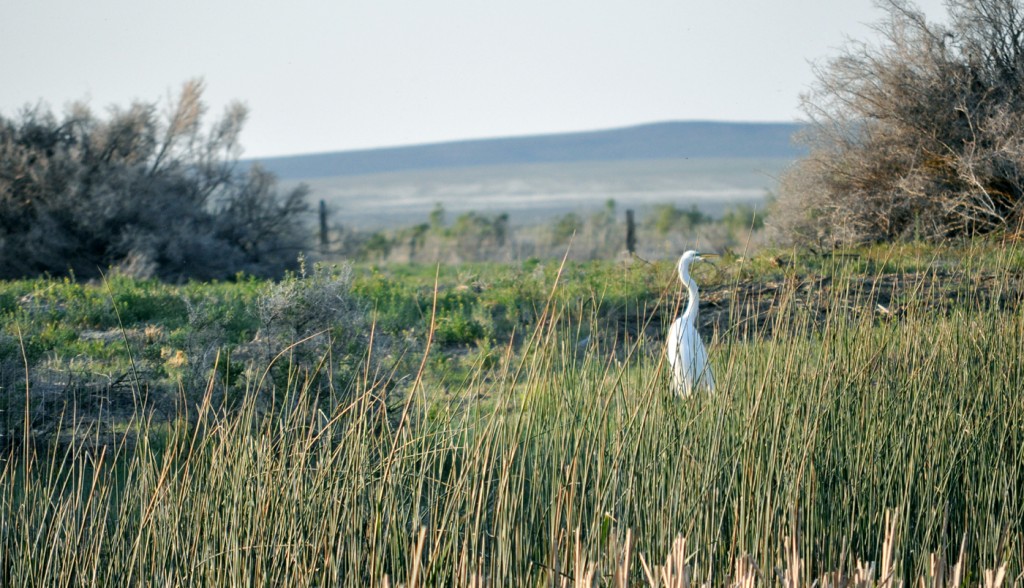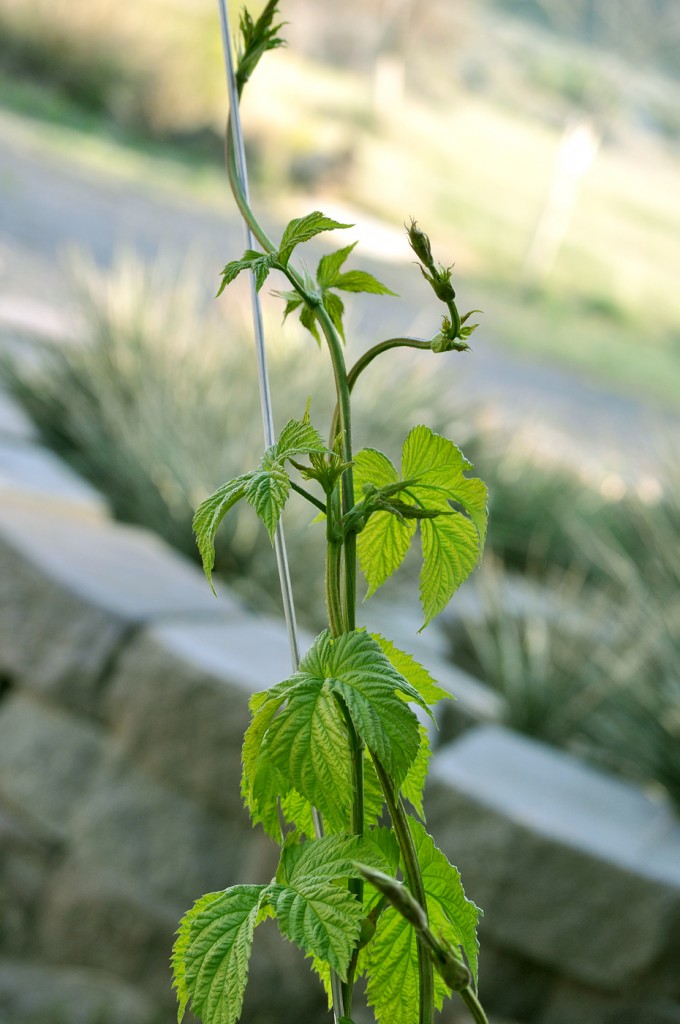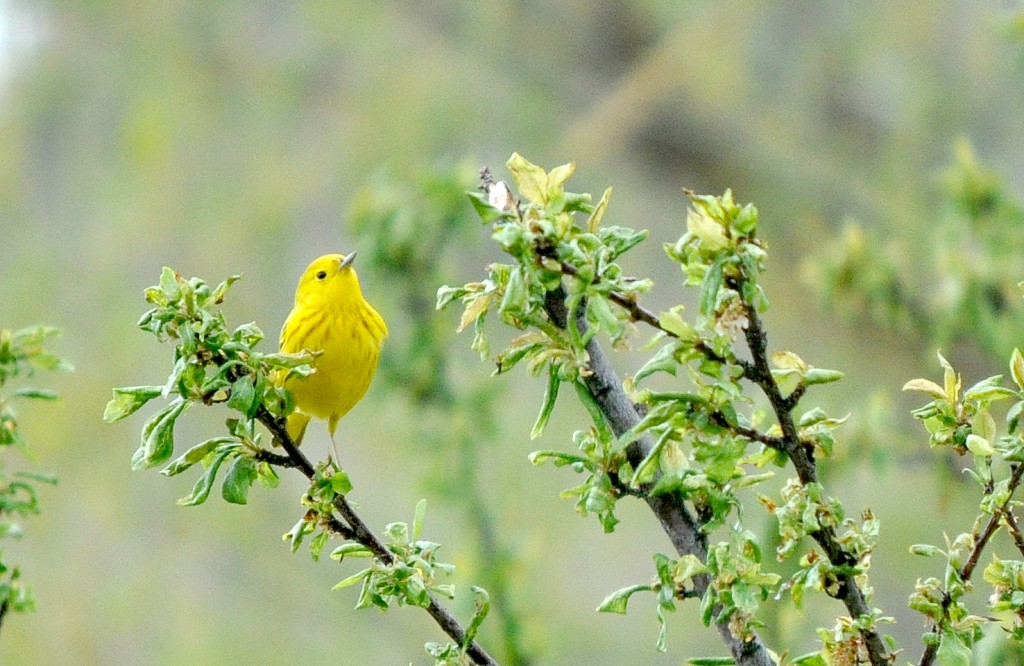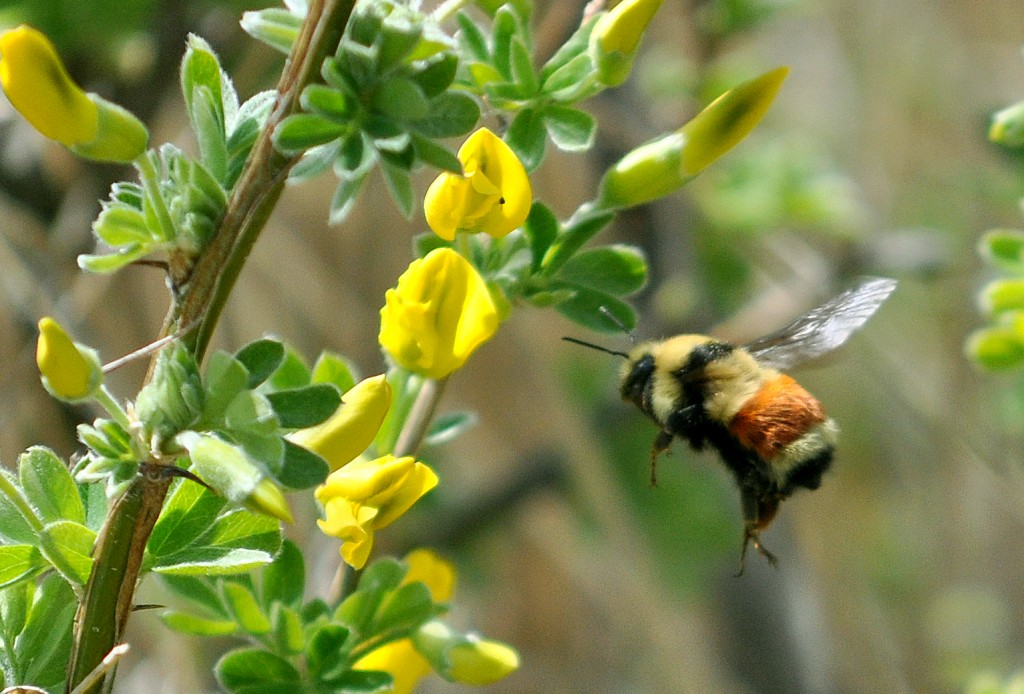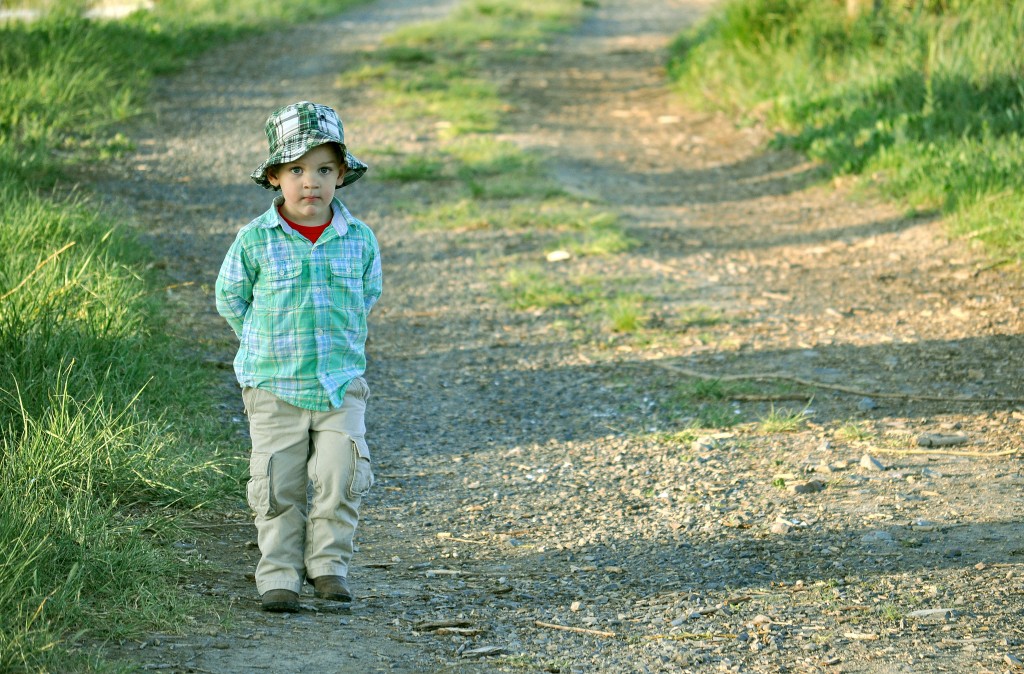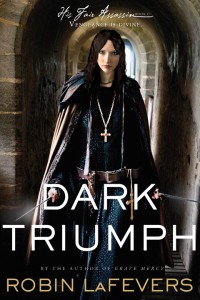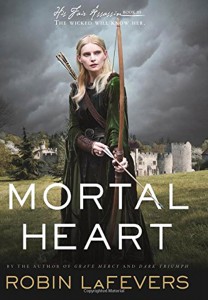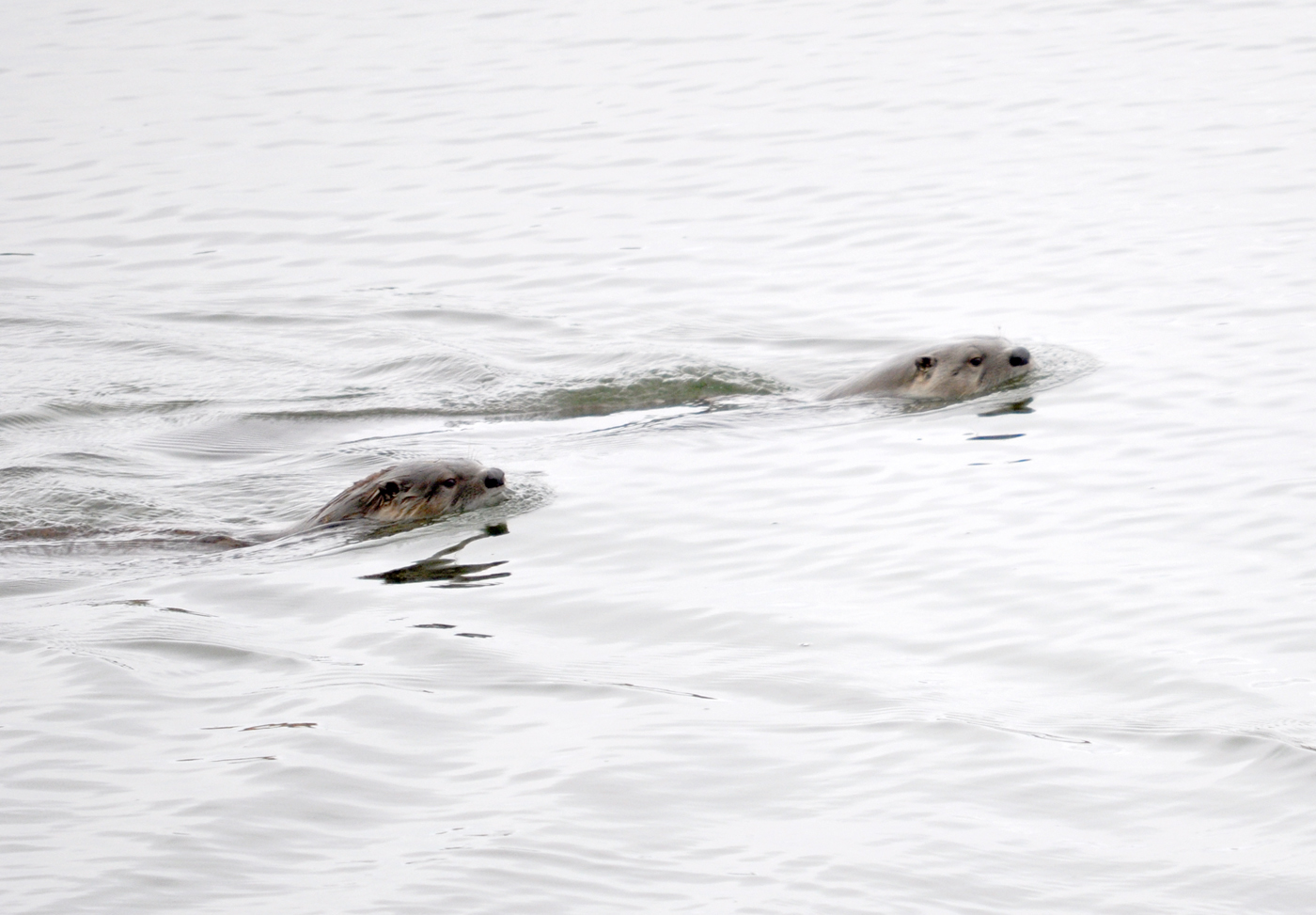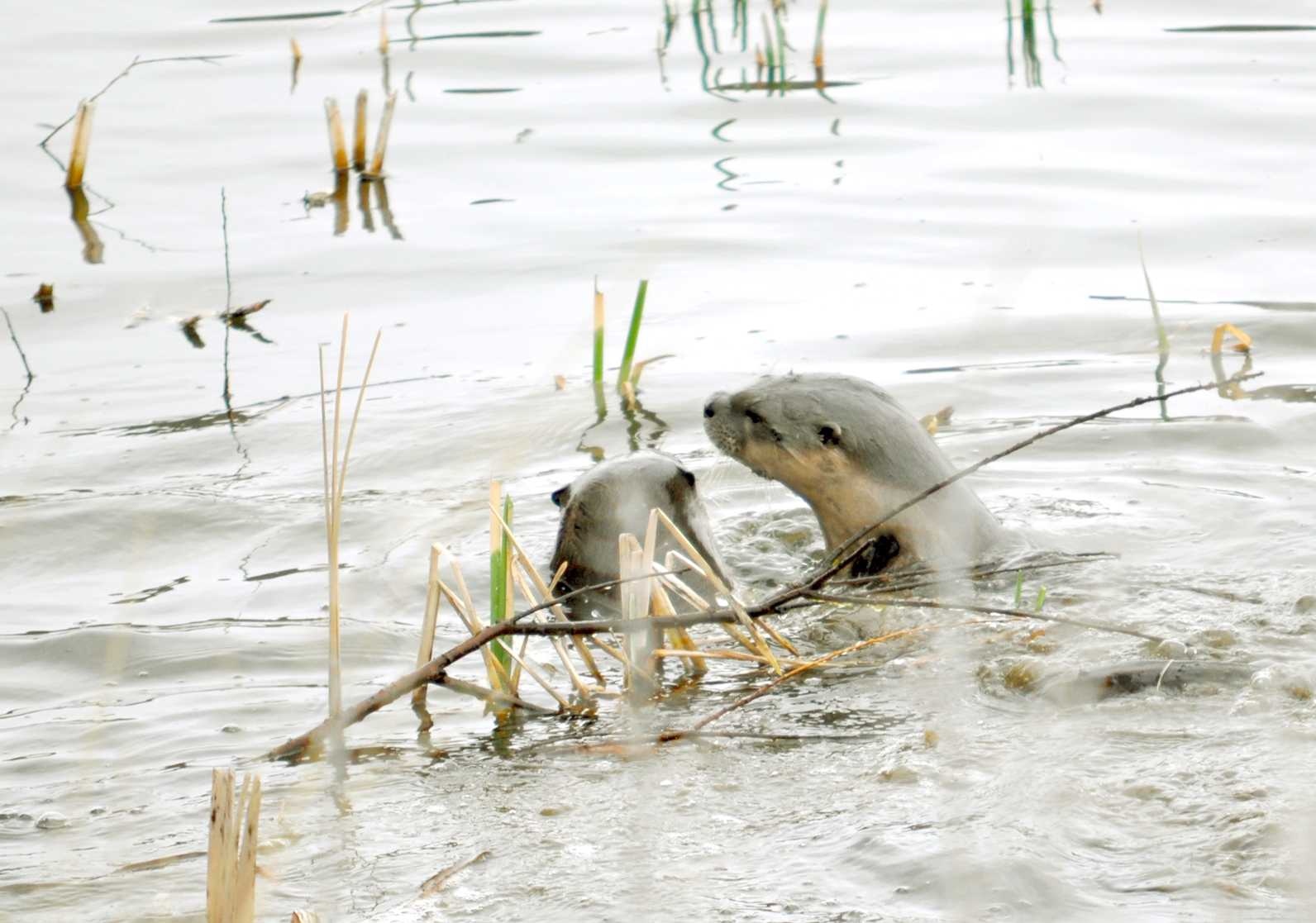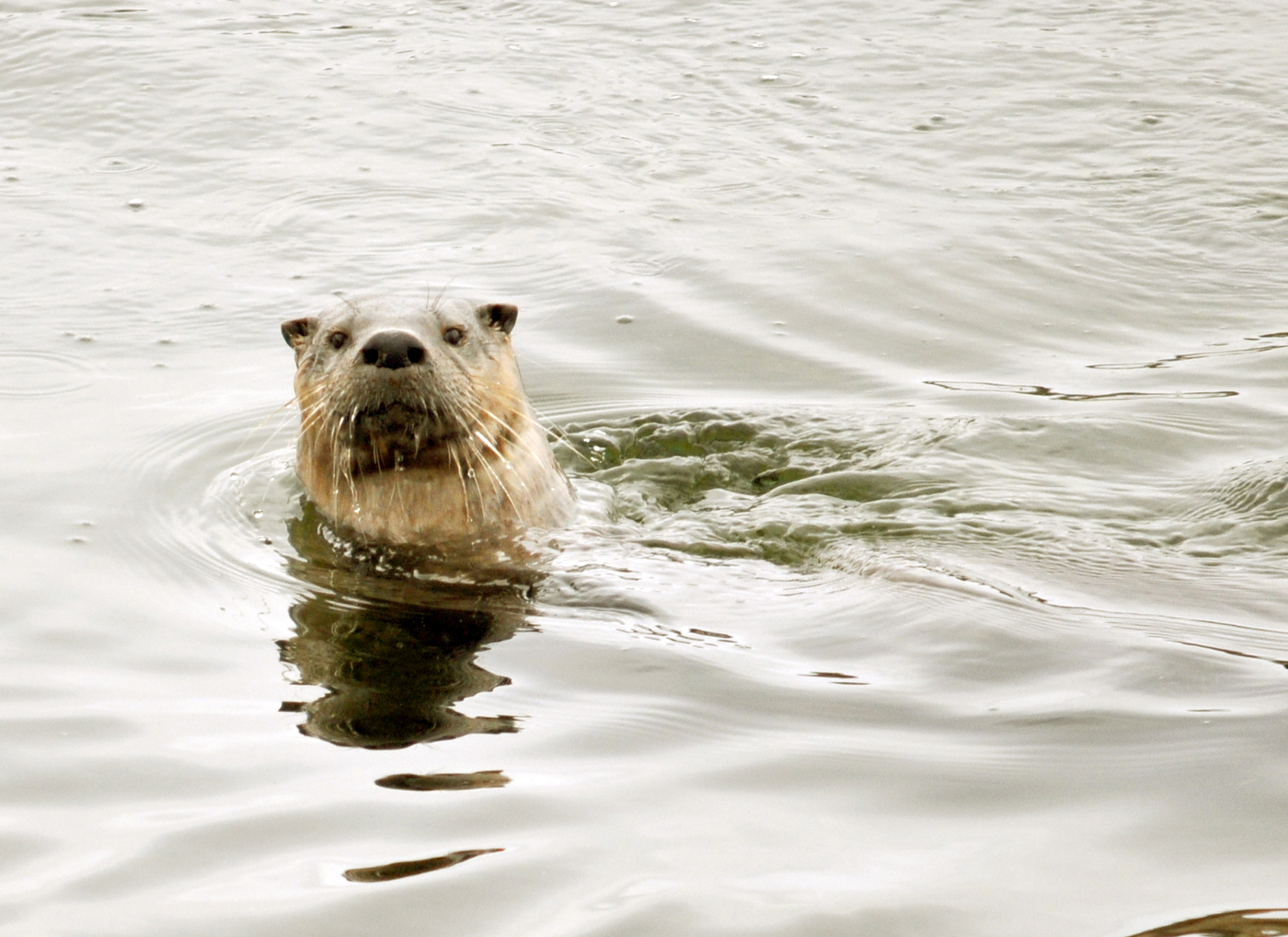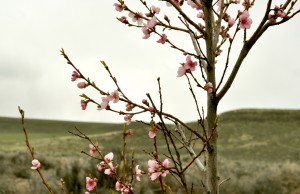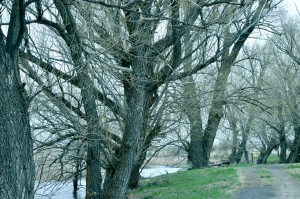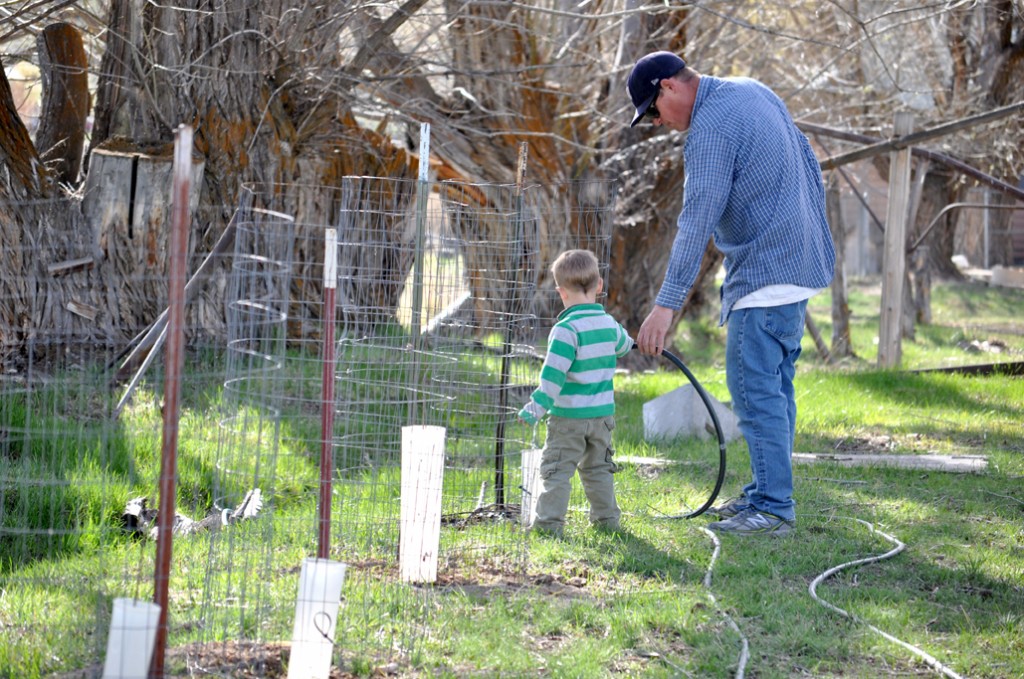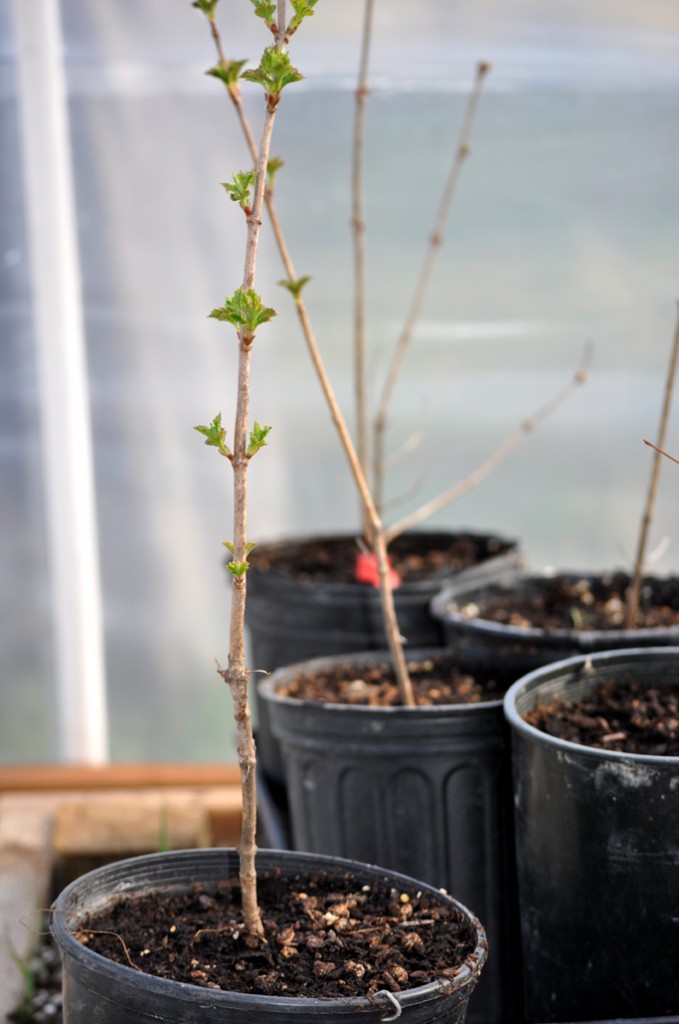I’ve never felt particularly at home in nature. So it’s ironic that now I find myself in a position of being surrounded by it. The open desert air is at once refreshing and overwhelming. It’s breathtakingly beautiful and horrifyingly wild. The handful of times I went camping as a kid, I enjoyed myself but was more than happy to return to my suburban life indoors. Out here, it is the critters that have taken some getting used to.
A year ago, I freaked out the first time I saw a mouse scurry across the living room floor. We’re talking full out piercing scream accompanied by a scramble up on a chair. I refused to empty the mouse traps. I wanted a firm, impassable line between the outdoor creatures and my indoor space. Then one day I realized, that was just not going to happen in a place where the desert is an irrepressible force of life, constantly pushing to undo our attempts to tame it. So we put traps in places that we are most likely to catch mice and that are out of reach of the kids. I’ve gotten to the point where I can empty a mouse trap and reset it. I sweep bat and packrat poop off the back porch, where we’ve trapped 16 packrats this summer alone. The rabbits darting in and out from under the deck no longer startle me. I’ve accepted that mosquitoes and horseflies are cohabitants out here.
But the snakes … the snakes still make me uneasy. I approach the front planter with caution every single time, ready to jump at a moment’s notice if I see even a hint of a snake. The resident garter snake suns itself on the brick and rocks. The skin sheds fascinate and repulse me. I’ve found a couple of those, indicating there is more than just one snake out there. In fact, a few weeks ago, I came across this one sunning itself in the morning sun.
I took this photo through the window from the safety of the dining room. It didn’t look like a garter snake, with its sleek grey body. And I thought my nephew, who likes snakes and amphibians and other creepy crawlies might be able to identify it. So I got brave and went outside to see if I could get a better photo.
It saw me coming and slithered off the brick and onto the ground. And it was fast, which made me jumpy, but I was on a mission armed with my camera. I’ve noticed that my trusty Nikon often makes me braver than I would be without it. I suppose it’s a form of armor. Or maybe it simply distracts me from my unease. In any case, I snapped this photo of the snake as it moved through the grass. It was watching me, fully aware, but didn’t try to get away. And I stalked it as it moved around the planter, determined to get a decent shot. As I studied it, I noticed its yellow/green under belly and some scars on its back, where maybe it encountered another predator. Its quick, efficient movements were impressive, and I momentarily forget to be scared as I followed its path with my camera. And that’s when I snapped this photo.
It was a nice clear shot of the snake with a nearby skin shed. I sent the photo to my sister-in-law, who showed it to my nephew, aka the reptile expert, who quickly deemed it a yellow bellied racer.
How about that? A little bravery resulted in a decent snake shot and a little less fear of those slithering reptiles. Don’t get me wrong. I’m not seeking them out, but if they come across my path I won’t scream … too loud. Small victories.

